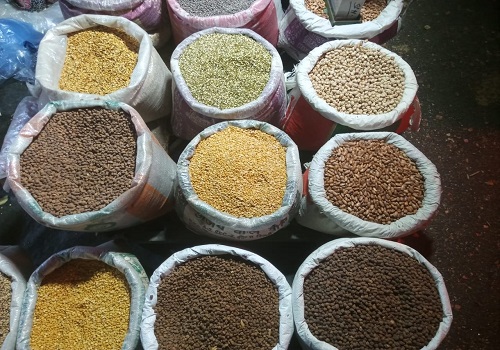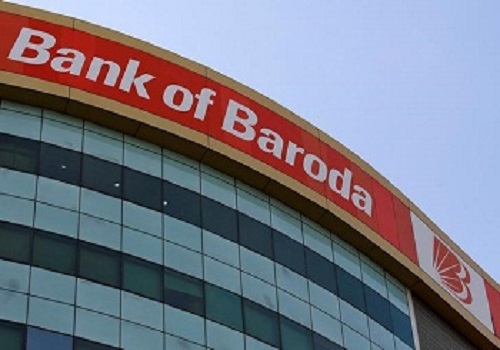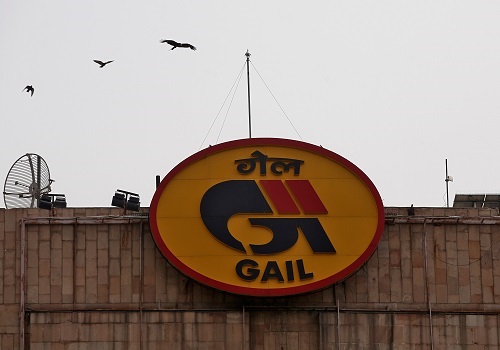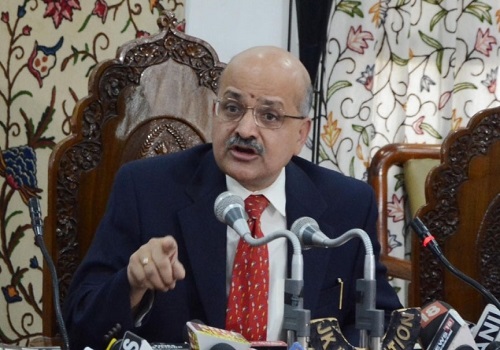Indian banks` asset quality to improve further over next 12 months - regulatory report
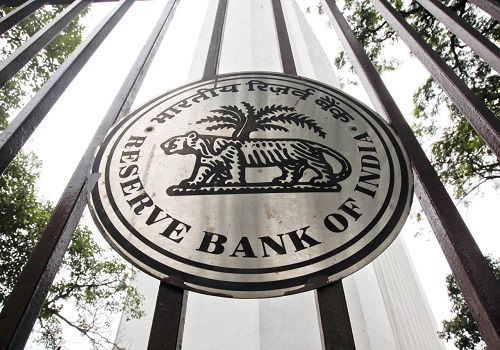
Follow us Now on Telegram ! Get daily 10 - 12 important updates on Business, Finance and Investment. Join our Telegram Channel
The health of the Indian financial system is steadily improving and banks' asset quality is expected to improve further over the next 12 months from its current decadal high, a report released by the central bank on Thursday showed.
Banks' gross non-performing asset (GNPA) ratio continued to improve in the second quarter of the current financial year, easing to 3.2% as of end-September, the Trend and Progress in Banking report released on Wednesday showed.
"Under the baseline scenario, the GNPA ratio of all SCBs (scheduled commercial banks) may improve to 3.1% by September 2024 from the current level of 3.2%," the Financial Stability Report (FSR) said.
"If the macroeconomic environment worsens to a medium or a severe stress scenario, the ratio may rise to 3.6% and 4.4%, respectively."
Thursday's report, which is published bi-annually by the Reserve Bank of India, includes contributions from all financial sector regulators in the country.
All Indian banks are well capitalised and would be able to comply with the minimum capital requirements even under a severe stress scenario, results of the latest round of macro stress tests for credit risk conducted by the central bank showed.
"India's financial sector has displayed stability and resilience, with ongoing improvement in asset quality, capital position and profitability during H1:2023-24," the FSR read.
Banks' aggregate capital risk-weighted assets ratio (CRAR) under the baseline scenario is expected to slip to 14.8% by September 2024 from 16.6% at end-September 2023. It is expected to drop to 13.5% and 12.2% under medium and severe stress scenarios at end-September.
The report said total outstanding bilateral exposures among the entities in the Indian financial system have continued to expand and the share of interbank exposures in the total assets of the banking system reached a three-year peak in September 2023.
"Stress in the NBFC sector has been assessed to be higher under a high-risk stress scenario relative to the March 2023 position," the report said.
"Though contagion risk and consequent additional solvency losses to the banking system have increased marginally, it would not lead to failure of any bank," it added.
On the macro-economic front, the report said despite a challenging global backdrop, the Indian economy is exhibiting sustained momentum and resilience.
However, it warned the continuation of production cuts by OPEC+ alongside mounting uncertainties stemming from the conflict in West Asia could keep prices volatile in the near term and pose a risk to the inflation outlook.













